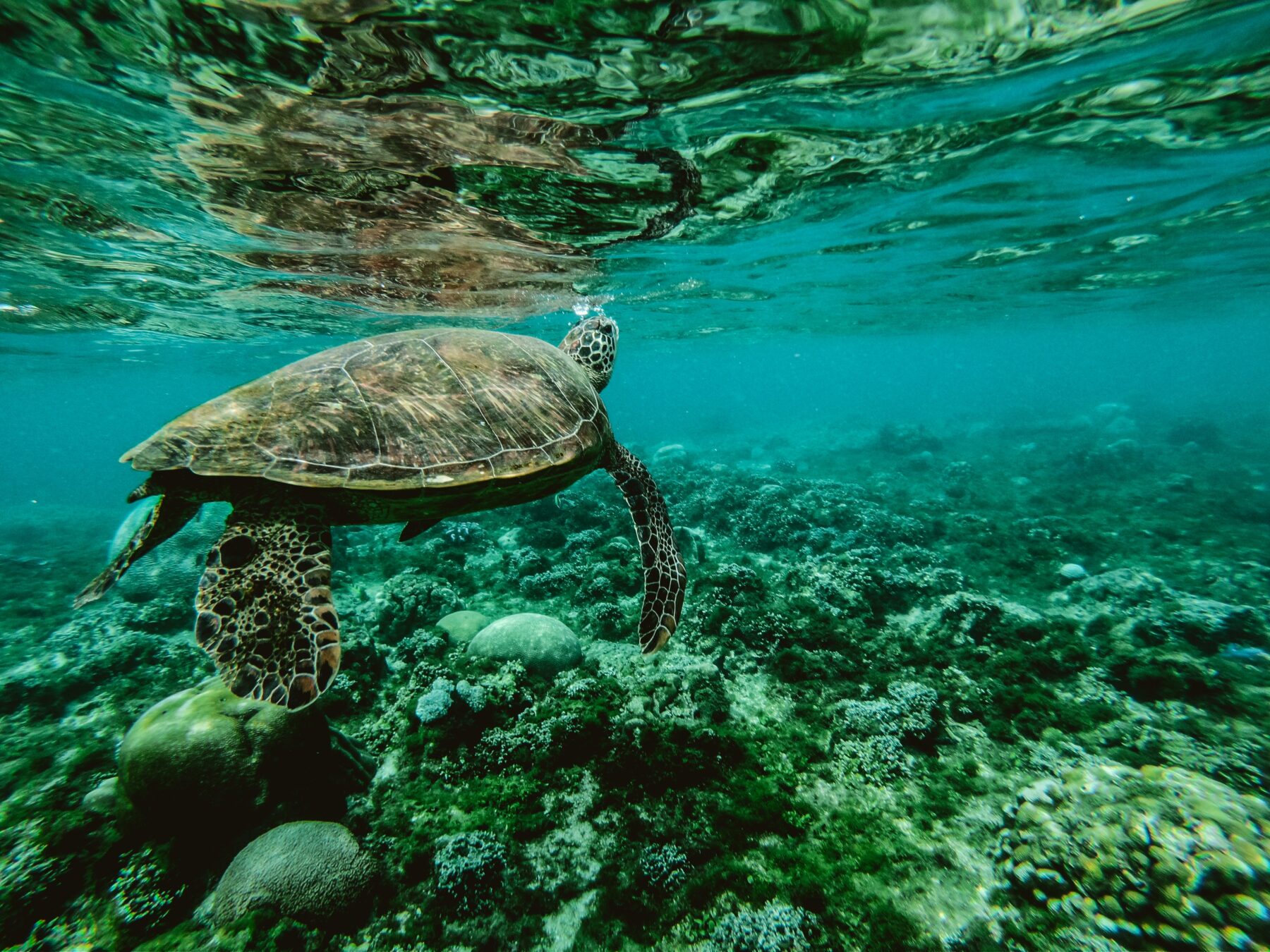If you have been craving for a day amongst calm waters that involves a flawless combination of adventure and a rustic kind of rest, Sisters’ Islands Marine Park might be your next destination.
Situated to the south of the Little Red Dot and off the Strait of Singapore, this small 40 hectare haven offers a relaxing scenic landscape in addition to the opportunity to explore Singapore in the most curious of ways: underwater.
Sisters’ Island Marine Park has been safeguarding both Big Sister’s and Little Sister’s Islands as well as the western reefs of neighboring St. John’s Island and Pulau Tukukur since 2015.
An underwater treasure
Who would have guessed that 32% of the world’s hard corals are to be found in Singapore waters? Or that they house more than 100 species of reef fish, 200 species of sponges, and 12 species of seagrass? For a country that holds one of the world’s busiest ports, this surely comes as a surprise.

Exhibiting a variety of habitats that include coral reefs and seagrass areas, Sisters’ Island Marine Park allows visitors to experience the country’s underwater treasures snorkeling or diving. In fact, this location offers Singapore’s first dive trails.
The shallow trail will take you to a maximum depth of 6 meters, whereas the deep trail will descend to a maximum of 15 meters. Both will go along twenty stations that are spread along 100 meters of length and labeled with signage providing information about the reefs’ characteristics and marine biodiversity.
Other than having the opportunity of gliding between colorful coral reefs, some of the marine life you may swim into include the gentle Bamboo Shark, peculiar Frog Fish, charismatic clownfish, and fascinating Feather Stars. If you happen to be a fortunate diver, who knows? You may even catch a glimpse of a stunning Eagle Ray.

Do note that these dives are exclusively for certified divers who meet the minimum international diving requirements. You can sign up for one of the diving trips with one of NPark’s approved dive operators.
If you happen to not want to submerge in any way, that’s not a problem, you can always take a walk around the intertidal zone when the tide is at least 0.4 meters or below to appreciate the region’s many lifeforms. From anemone shrimps to sea stars and from giant clams to seahorses; never underestimate the magic of intertidal grounds.
Free guided trails are also offered at St. John’s Island, in which you can always continue your exploration.
Off the grid getaway
With no restaurants at hand, Sisters’ Island presents the perfect destination to go on an old-school picnic. Pack a few tasty meals, plenty of water and snacks for your day out and enjoy your peaceful time with nature. Breeze and sea: what else could you possibly need?

Although Sisters’ Island used to be a popular spot for camping, this is no longer permitted in pro of the region’s conservation. Barbequing and fishing is also prohibited.
Remember to avoid taking your food in plastic bags, since this may attract hungry monkeys.
Waves of conservation ventures
While Big Sister’s Island is open for visitors, Little Sister’s Island – at the other side of the narrow channel – is kept as a station for marine conservation research. Its team works to protect Singapore’s coral reefs, which are the base of a crucial ecosystem that shelters precious and endangered marine species.
Healthy coral reefs, however, also support us humans not only by protecting shorelines from erosion and storms, but also by providing much of our food. Many of the fish we eat actually rely on coral reefs either directly or indirectly for their own survival.
The Marine Park’s Plant-A-Coral, Seed-A-Reef Program allows individuals and organizations to support and participate in their efforts by sponsoring a coral.
Little Sister’s Island is also the site for the country’s first turtle hatchery. Its aim is to provide a facility to bring in, nurture, and hatch turtle eggs that have been rescued from other coastal areas in Singapore. Hawksbill Turtles and Green Turtles are the two main species that are attended to with this project.

Another species that will be helped by such initiatives is the Neptune’s Cup Sponge, which was thought to be extinct for over 100 years until rediscovered along the coasts of Singapore in 2011. A joyful finding for all aquatic enthusiasts.
Where?
Website: www.nparks.gov.sg
Address: Sisters’ Islands, Singapore
When?
Monday – Sunday | 7am – 7pm



Leave a Reply